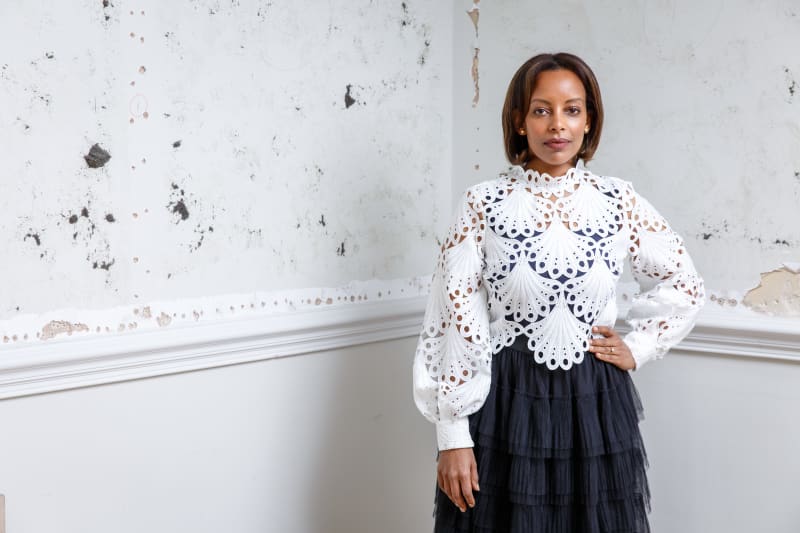[...] It is this gap between African-based artists and the international collector-rich market that gallerists like Adenrele Sonariwo of Rele Gallery and Rakeb Sile of Addis Fine Art Gallery are bridging with their recent decisions to launch offices in Los Angeles and London, respectively.
Before these overseas expansions, both Sonariwo and Sile were pioneers in the scope and ambition of their galleries. Speaking with Sile, she emphasised that setting up Addis Fine Art in Addis Ababa, Ethiopia’s capital city, was a loss-leader, financially, because it was going against the grain of the industry’s network of value. However, culturally, this decision remains critical to the success of the gallery to date. “What we tried to create was this understanding that our own people need to value the art themselves,” Sile explains. This strategic calculation of risk and return was at play again in Addis Fine Art’s expansion to London’s Cromwell Place. There, they collaborate with other galleries in a time-share model which offsets the gallery’s overhead costs significantly.
Beyond collectors, investors and sponsors also play a significant role in the sustainability of African art institutions. For Sile, finding the right investment partners can make or break one’s art business, as with any other business. “We had this steadfast and clear mission which was to elevate East African artists who are not visible on the international scene,” Sile says. “Our integrity to that mission helped us garner significant respect and recognition so that three years down the line when we started pitching for investment, it was easier to match with an investor who believed in our mission. Our brand already proved that we could make history. [...]

